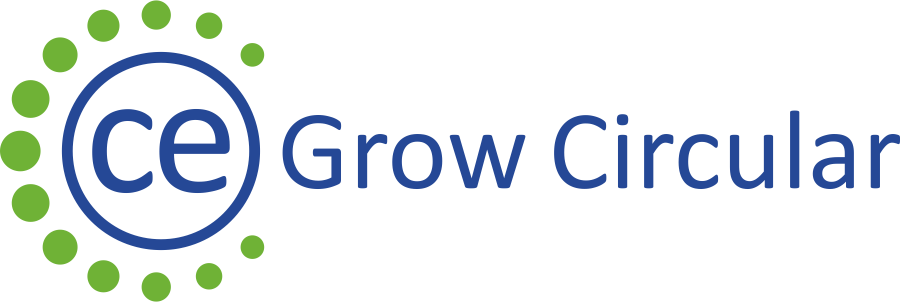LINKS for further information
The approach presented in this website builds on the following frameworks and guides for circular cities. For detailed information please follow the links:
- Based on the key functions of a city that need to become circular, the question is – What can a local authority do to apply the circular economy to them? The three areas of action are reorganise the city, stimulate citizens initiatives, stimulate entrepreneurs and innovation. The circular strategies considered are the 9 R’s (general and technical nutrients) and the 5 biological nutrients.
- The Circular City Actions Framework provides cities with five complementary strategies – rethink, regenerate, reduce, reuse, recover – and sub-strategies they can use to start working towards a more circular development at the local level.
- The Urban Policy Instrument Framework (Circle Economy) – based on academic literature and over 400 case studies – is designed for municipal policymakers and advisors. The framework is arranged into five main categories – mobilise, educate, manage, incentivize, regulate ‑ to identify and categorise available policy instruments for a more circular economy to support policy- and decision-making.
- The Guide to circular cities, published by “United for Smart Sustainable Cities” (U4SSC), provides a comprehensive frame of reference for the classification of all significant components necessary for building a circular city. The following 4 components are seen as necessary for implementing circularity in cities:
– “Circular assets and products – encompass various city infrastructures, city resources, city goods and services available for use/consumption in the city.
– Circular actions – specific, outcome-orientated actions that can be applied to city assets and products that include sharing, recycling, refurbishing, re-using, replacing, and digitizing.
– Circular city outputs – they are the results of when circular action items are applied to city assets and products.
– Circular city enablers – various supplementary and complementary items that are used to catalyse and support circular city outputs.”
LINKS
- Website: https://circularcitiesdeclaration.eu/
- Declaration: European City Circle Declaration
Support document: European Circular Cities Declaration – Putting Circular Economy into Practice: Support document



